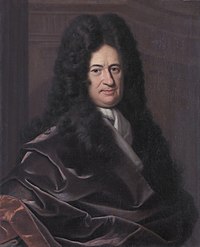Non-standard analysis

Okay kiddo, imagine you have a bunch of crayons and you want to count how many you have. You start with 1, then you move on to 2, and so on until you reach the end. But wait! What if you want to count how many crayons you have if you could see in between every crayon? This is where non-standard analysis comes in.
Non-standard analysis is like having special glasses that let you see in between numbers. It's a way of counting and doing math that looks at things in a different way. Regular math works by counting numbers one at a time, but non-standard analysis looks at numbers in a bigger way.
For example, imagine you have a toy truck that's really small. If you kept zooming in closer and closer, eventually you would see the tiny parts that make up the truck. You could also zoom out and see how the truck fits into the bigger picture, like how it moves on the roads and interacts with other things.
Non-standard analysis is like that--it lets you zoom in and out to see the big and small picture of numbers. It can help you understand things better and solve problems that regular math can't.
So, if you're counting crayons, regular math would say you have 1, 2, 3... and so on. But non-standard analysis would let you see in between the numbers to find out how many crayons you really have, and it would be an even more accurate way of counting.
Non-standard analysis is like having special glasses that let you see in between numbers. It's a way of counting and doing math that looks at things in a different way. Regular math works by counting numbers one at a time, but non-standard analysis looks at numbers in a bigger way.
For example, imagine you have a toy truck that's really small. If you kept zooming in closer and closer, eventually you would see the tiny parts that make up the truck. You could also zoom out and see how the truck fits into the bigger picture, like how it moves on the roads and interacts with other things.
Non-standard analysis is like that--it lets you zoom in and out to see the big and small picture of numbers. It can help you understand things better and solve problems that regular math can't.
So, if you're counting crayons, regular math would say you have 1, 2, 3... and so on. But non-standard analysis would let you see in between the numbers to find out how many crayons you really have, and it would be an even more accurate way of counting.
Related topics others have asked about:
